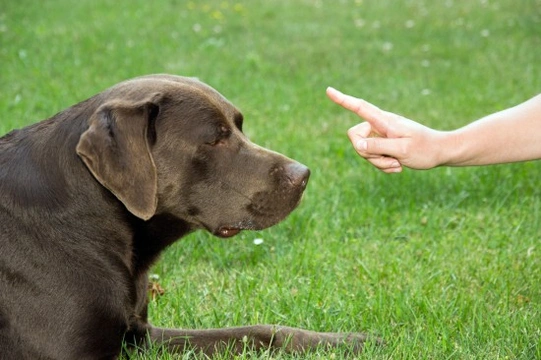Pets
Pets for studWanted petsBreedersAccessories & services
Knowledge hub
Support
Support & safety portal
Dealing with a dog that refuses to be trained!
We all dream of having an amazingly trained and responsive dog that obeys every command first time, but just like people, dogs are individuals that refuse to be put into a box and called to perform on command! Some dogs are naturally more responsive than others and will take to training like a fish to water, while others can be stubborn, slow on the uptake, or so hyperactive that they find it hard to concentrate on the task at hand.
If you are running into difficulties training your dog and despair of ever being able to get them to respond and learn new skills, you may need to look at your training protocols and think about making some changes. There are a great many different schools of thought when it comes to training dogs, and not every training method is equally well suited to every dog.
In this article, we will look at some of the common training problems that dog owners run into, plus some suggestions on how to solve them. Read on to learn more!
Poor motivation
Motivation is key to successful training, meaning that you need to get your dog working with you and interested in learning rather than trying to force training commands onto your reluctant pooch! Training and more or less anything else that you might seek to ask your dog to do will come down to a simple equation for your dog: Is there something in it for them if they comply? Once a dog hits upon a formula that reliably pays them back with something that they like, they will work to gain the reward, so ensure that your dog can make the connection between compliance and getting a reward, be that treats, a toy or lots of praise.
Too much stimulus and other distractions
It can be challenging to train a dog or to get their attention in a scenario where there is a lot going on around them, such as in a dog park or if your children are playing and running around in the garden.
Try to conduct your first training sessions on neutral and familiar ground, such as on our own property, so that your dog doesn’t split their attention between their training and sniffing around and exploring a new environment.
Asking your dog to concentrate for training is much simpler if they are not faced with a whole range of other things vying for their attention, and once your dog can do this, they are much more likely to comply with your commands in other, more challenging situations.
Expecting too much from your dog
There is a great amount of variation in terms of the intelligence levels of different breeds and types of dogs, and you should tailor your own training protocols accordingly to match your dog’s talents. While it can prove challenging to train a dog that is particularly unintelligent, training the highest ranked canine brainiacs can be just as hard, as your dog will be thinking quickly, learning many cues at the same time, and may simply be a step ahead of you in their thought processes.
Dogs from around the middle of the pack when it comes to intelligence rankings are generally the most amenable to training and the easiest to work with, but get to know your dog’s own personality, what they are capable of and what makes them tick, and work this into your training.
Not enough feedback and reinforcement
For a dog to understand that they have done what you want them to and repeat the action again in future, they need to be clear about the fact they have done good, and get a positive payoff for their actions.
This is why treats, toys and lots of praise are such useful training tools, as your dog keeps working to earn them and the thought processes of their brains give them feedback that compliance gains a reward. If you do not praise your dog, give them a treat or otherwise give them clear feedback about their actions, they will be much more unlikely to either understand or really get into their training.
Keep your cool
It can be very frustrating when your dog simply won’t comply with your commands, or seems incapable of learning them and repeating them consistently. Frustration often creates anger and a sense of annoyance in the handler, something that your dog can quickly detect and that will certainly sabotage your training routine.
If you find that you are giving commands or feedback to your dog through clenched teeth to keep yourself from shouting, it is time to call it a day before your dog gets confused and cannot tell the difference between doing something right and doing something wrong.
Be consistent
If your dog just isn’t getting it when you give them commands, are you sure that they understand what you want? Make sure that you use the same command for the same action every time, and don’t be tempted to pick a new word or command for something you are teaching when halfway through because your dog doesn’t seem to be getting it.



